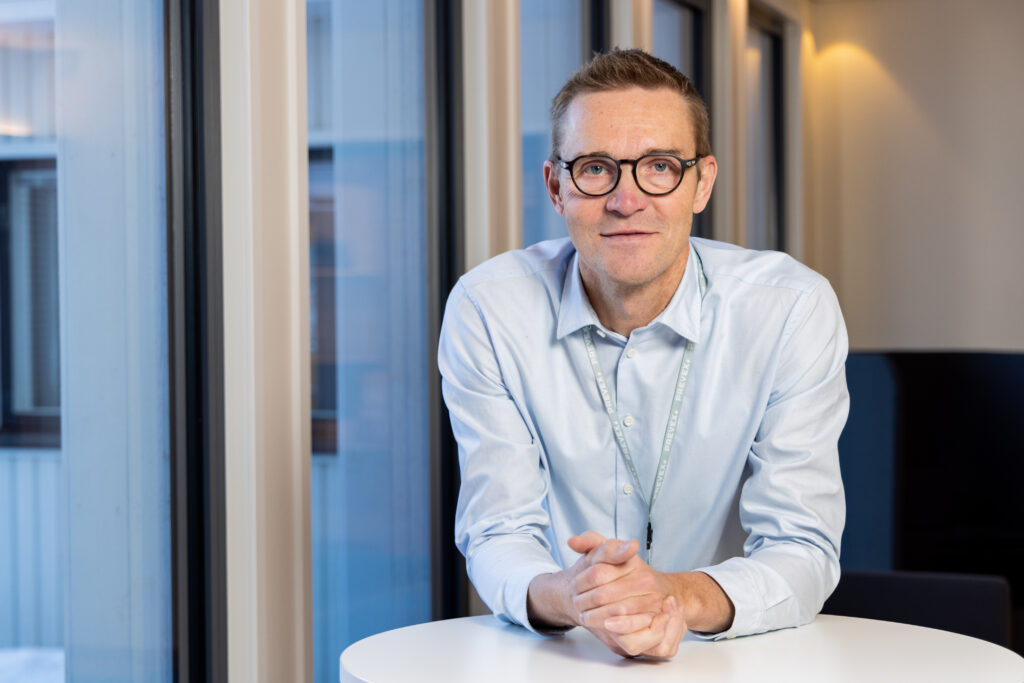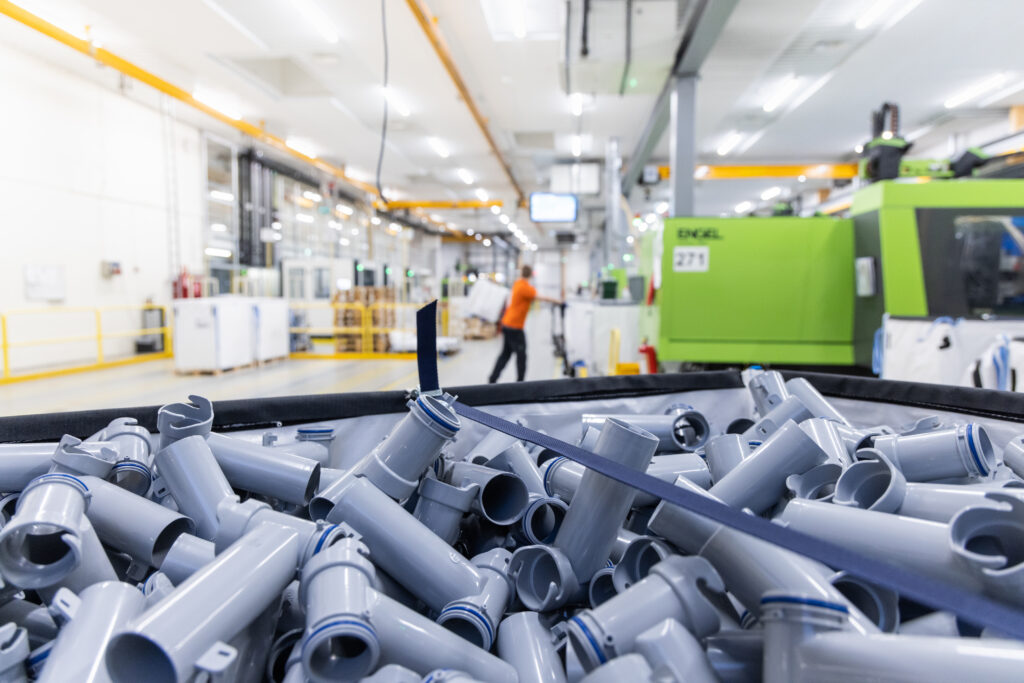Sustainable development is evolving quickly everywhere. But not quickly enough, according to Marko Nylund. By devising sustainable water traps, he wants to contribute to a better future.

There is a video of Prevex CEO Marko Nylund on the company’s website. We see him skiing on ice before pausing at a rest area in the woods to share his thoughts on the world, the climate, and our carbon footprints.
– For me, personally and as a CEO, it’s all about a genuine desire to help take care of our planet. And about asking questions that act as a wake-up call.
After a detailed assessment of its products, Prevex set itself a goal of producing the most sustainable waste water traps on the market. In the redesign of its products, there were no half-measures. The entire product range was sent back to the drawing board. That was in 2019. Today, Prevex products contain around 55 percent recycled material. The company is aiming for a 90 percent integration of recycled materials in its products in the coming years.
– The challenge lies in balancing our products’ raw materials content without compromising quality – a water trap simply must not leak. A product’s sustainability also depends on its performance, says Marko Nylund.
You must be totally transparent about your operations
The company also makes a point of operating with the utmost degree of transparency. Prevex has just published its first sustainability report, which can be viewed in full on its website. It details the company’s scope one, two, and three carbon emissions, carbon offsetting, and scrap rate (i.e., the percentage of damaged materials that cannot be repaired and are discarded).
– If you want to call yourself sustainable, you must also be totally transparent about your operations. Simply sticking a label on your products is not going to cut it. It’s about doing your research, taking appropriate action, and finding solutions that genuinely benefit the climate.
On the one hand, Marko Nylund understands that some companies, especially smaller ones, may lack the resources and know-how to be sustainable. On the other hand, he says that there is no excuse for inaction.
– One of the reasons for our transparency is to publicise our experiences, so others can avoid making the same mistakes.
Sustainability is a continuous work in progress
The big challenge for Prevex is products that contain multiple materials, as they are difficult to recycle. For example, some water traps are manufactured with moulded-in seals. He also points out that there is no room for complacency when it comes to the company’s sustainable development efforts.
– This is a work in progress and there will always be room for improvement.
Glance around the production floor, and it’s evident that Prevex places importance on collaborating with sustainable companies in the region. Some of its packaging material is produced by Rani Plast. One of its production lines manufactures yellow-black parts for Mirka, and, in the corner, there is a AVG from Solving.
Prevex currently sells about 1,000 product lines, and manufactures four million water traps a year. Some 40 moulding machines are lined up in the company’s newest hall. Marko Nylund walks over to one of the hall’s many large sacks and scoops up a handful of plastic parts.
– This at least helps me to put things in perspective. If we’re going to continue production into the future, we have to do it in a sustainable manner. There simply is no other alternative.
Prevex – About us
Prevex is one of the world’s few companies that specialises in water traps. It develops and produces water traps and related products for its distributors, retailers, and the manufacturing industry. Prevex has 50 robots in operation in its factory, and produces four million water traps annually. The factory is in Nykarleby and is owned by the KWH Group.
www.prevex.com
 Read our other Sustainability stories
Read our other Sustainability stories


This series of articles have been produced within the CIT-project (Circular Insights and Transition) which is financed by the European Regional Development Fund, The Council of Ostrobothnia together with all Development companies in Ostrobothnia.


